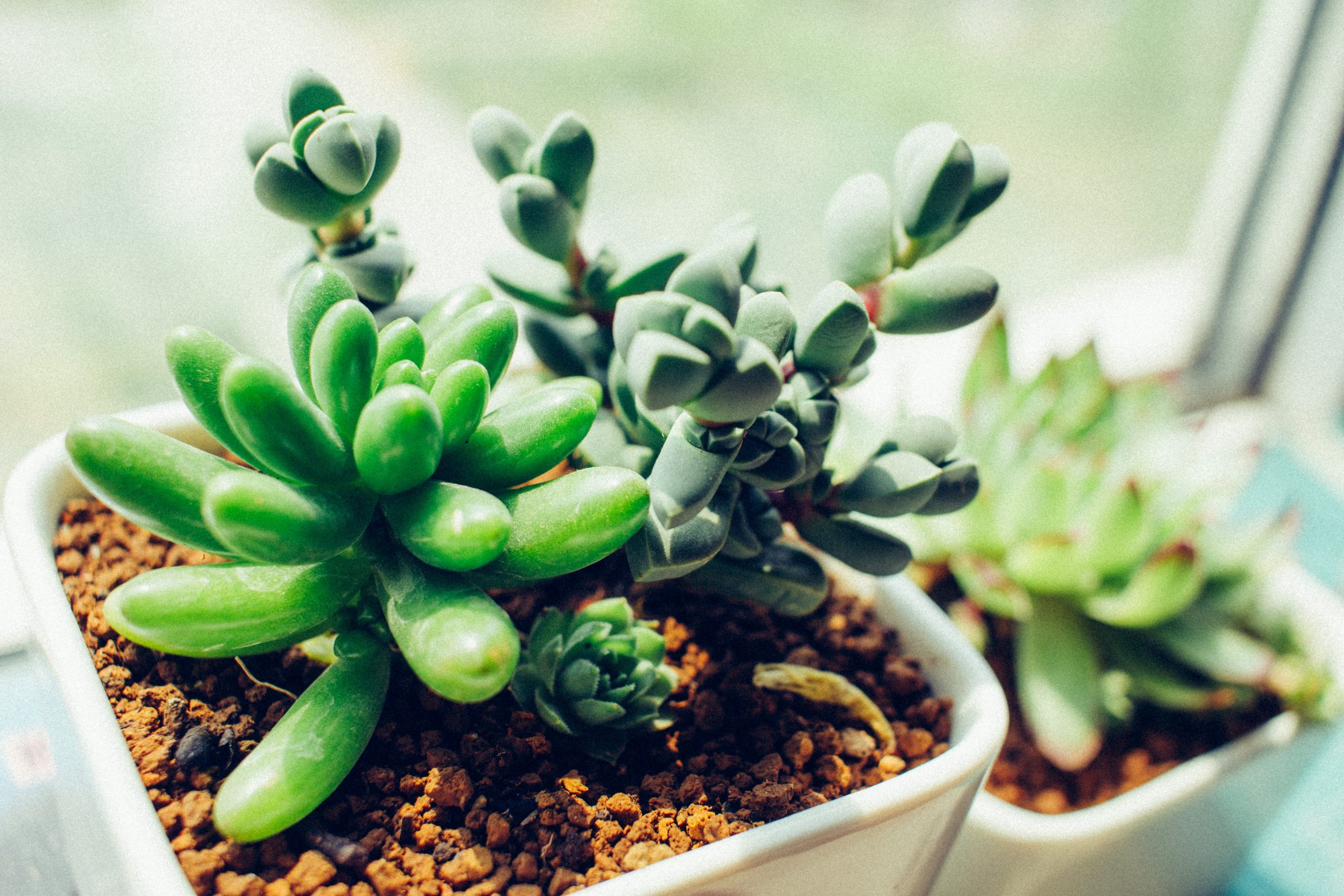Last Updated on January 11, 2022 by Real Men Sow
Vermiculite is a naturally occurring mineral (magnesium-aluminum-iron silicate) that is mined in various countries around the world, including the USA and South Africa. This mineral expands when heated to extremely high temperatures. It resembles small worms in its long strands.
What is Vermiculite?
Vermiculite is light, non-toxic, and sterile. It does not deteriorate and has a neutral pH. It is used in building, packaging and the automotive industry. It’s available in lightweight, absorbent brown/gold flakes for use in horticulture.
This is capable of absorbing three to four times its weight in water. It also attracts many plant nutrients, such as calcium, magnesium, and potassium. These properties make vermiculite useful for propagation as well as for potting up plants that thrive in moist compost.
Is Vermiculite Safe to Use?
Yes. It is mined according to strict industry standards all over the globe. It is best to use gloves when handling vermiculite. Keep it dry and away from any weed killers or other garden chemicals.
How to Use Vermiculite
Vermiculite is a soil amendment that helps to aerate the soil and retains water and nutrients. It then releases these nutrients over time. Therefore, vermiculite can be used in seed sowing or propagation. You can also add it to your houseplant compost. There are many different types of vermiculite flakes. The best for seed sowing are the fine ones, while the larger ones can be used for cuttings, potting and house plants.
Seed Sowing
You can sow seeds of any size directly in 100 percent vermiculite. Alternately, you could use a 50/50 mixture of vermiculite & seed sowing compost. After sowing, you can use sowing compost and cover the tray with vermiculite. Vermiculite can be used to cover a seed tray to help keep the compost moist. It also protects against damping off caused by fungus. It can also be used to insulate the greenhouse against changes in temperature and humidity.
Pricking out and cuttings
It is best to use a mixture of around 30% vermiculite for seedling potting, pricking out and great for cuttings.
 House plants
House plants
Vermiculite is a great addition to house plants that need to be watered frequently, as it holds water and drains like a sponge. The roots of the plant can absorb moisture as and when they need it. Vermiculite is slow to dry so you will need to water less. Vermiculite helps prevent the compost from becoming compacted or crusting. Ideal is a 50/50 mixture of vermiculite and house plant compost.
Vermiculite vs Perlite
Perlite, which is an expanded volcanic rock, looks like polystyrene granules. It does retain water but is mainly used to aerate the compost. It is ideal for making a free-draining compost for plants that require good drainages such as succulents and cacti. It can also be used to make a light compost for seedlings.
Perlite has lower water and nutrient retention, so vermiculite is best for plants that require more moisture. Vermiculite protects seedlings from damping-off and other fungal diseases.
Perlite and vermiculite can be used together. Mixing a bit of perlite in a seed mix will ensure that the roots are nourished, while vermiculite on top will keep the moisture in.


